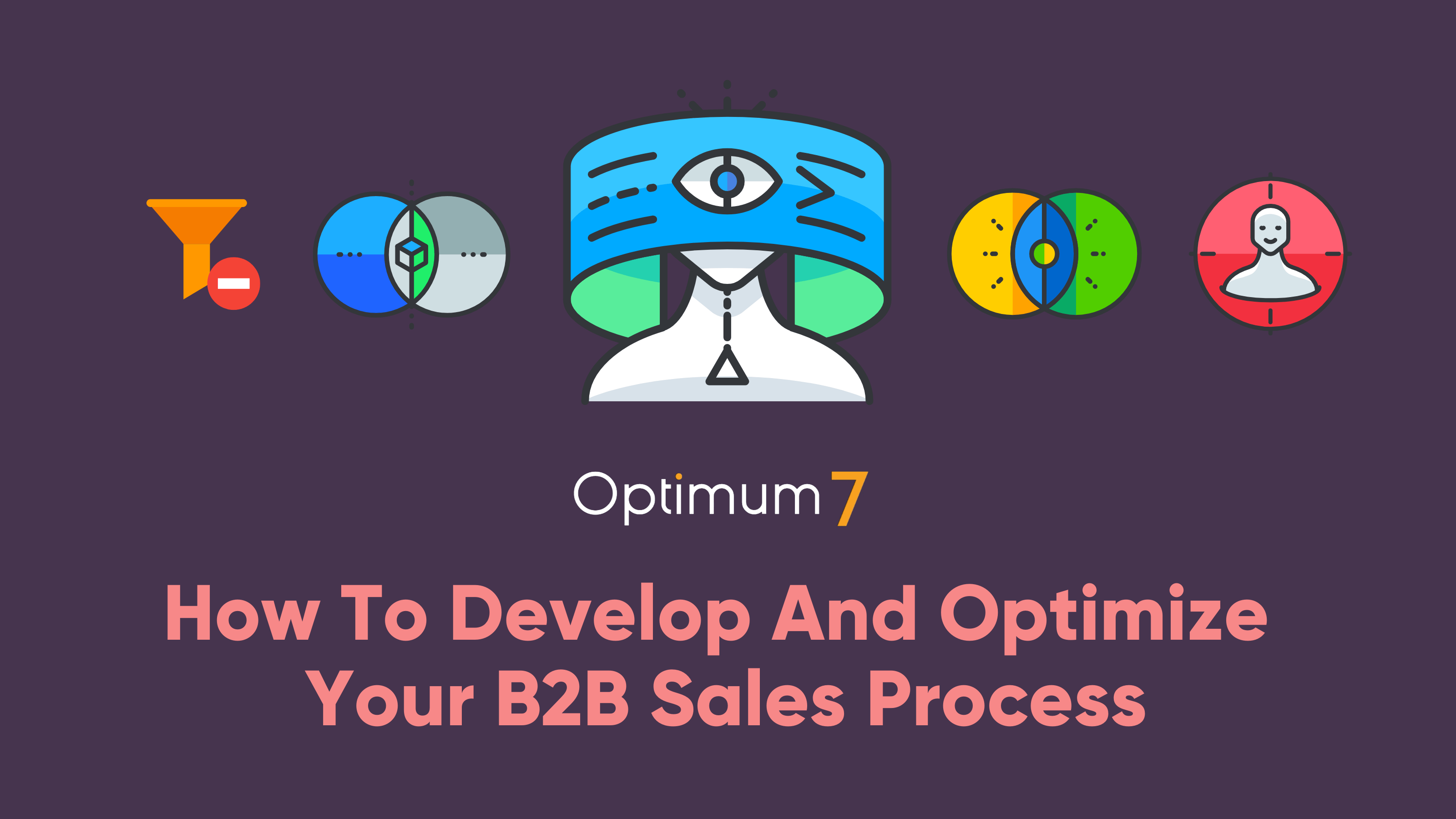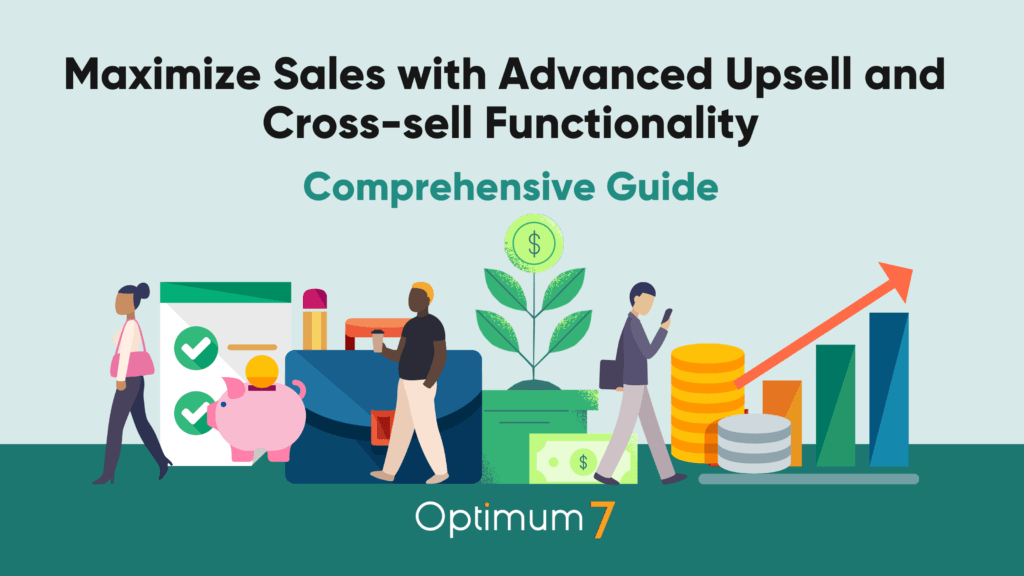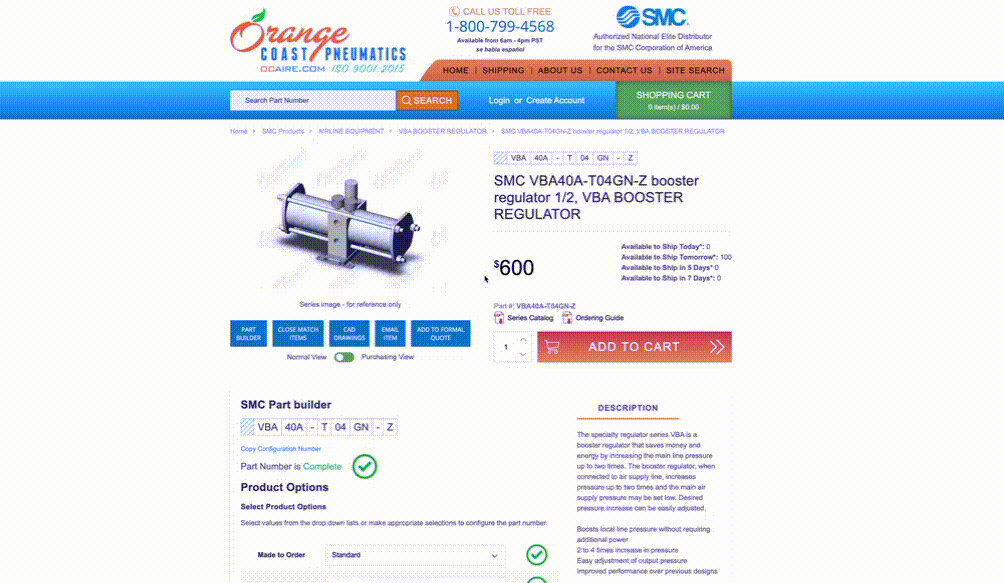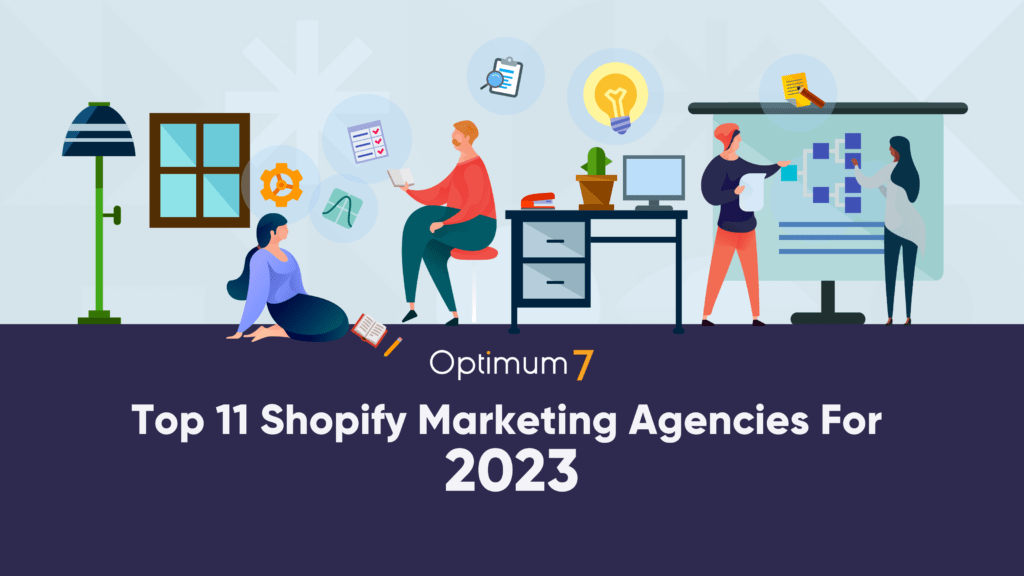The B2B sales process is a little more complicated than the average sale, but it’s still easy to understand with some guidance.
However, the principles of effective selling remain the same regardless of the type of sale.
What are Business-to-Business Sales?
B2B, or Business-to-Business, refers to transactions between companies that involve one party providing products or services for another’s use. The typical supply chain is one where business-to-business transactions occur every step of the way, as companies purchase components and other raw materials for use in their manufacturing processes.
A B2B company is a company that sells services or products to other businesses.
Examples of B2B Sales:
- Businesses that offer services to other companies like market research, security, etc…
- Businesses that sell tools and software to other businesses
- Manufacturers that sell goods to wholesalers and retailers
- Businesses that sell raw materials to manufacturers for production
We can keep the list going, but you got the idea, right?
None of these can be possible if there isn’t a B2B sales representative to make both parties come to an agreement. Since this agreement is between companies or businesses, it’s usually tougher to bargain or make one party get less value than the other one.
What is a B2B Sales Representative?
The B2B sales representative has a challenging job of engaging corporate buyers with their current offerings. These sophisticated individuals know how to research products and services.
This makes it even more important for them to have relevant information at hand when meeting with clients to communicate effectively in order to gain the trust needed from the prospect.
The B2B sales representative is a key player in the process of creating a deal between businesses. They’re responsible for making and answering calls, managing emails, and setting meetings with clients to discuss their needs.
Why is it so Important to Have a B2B Sales Process?
The better you get at presenting your product and engaging potential clients, the more deals you close. That’s why creating and optimizing your sales process is so important.
In order to ensure maximum success, it’s important that a company’s sales process be repeatable. And it should be well written so it is understandable by the sales and marketing teams.
However, no two customers or processes will ever look exactly alike because of the individuality of each person and their needs for products/services offered by your business. Instead of throwing everything you have on your outdated sales book, create a new one that is optimized for today’s expectations and keep it up to date by optimizing it continuously.
What is the B2B Sales Process?
The B2B sales process is an intricate process that requires a well-designed and executed strategy in order for you to succeed. It follows distinct guidelines based on the type of buyer and their needs or wants from your product offerings. These are tailored specifically towards them with various techniques used throughout each phase ( Warm-Up Call, Negotiation, etc.).
A well written B2B sale playbook should contain at least these 9 key points:
- Preparation or Research
- Prospecting
- Assessment of Needs
- Presentation
- Sales Pitching
- Negotiation
- Handling Objections from both parties
- Closing-Up
- Follow-Up
You can read more about sales playbook from our “How to Create a Sales Playbook for Agencies ” post.

How to Optimize Your B2B Sales Playbook
There are several fundamental steps you must consider to optimize your sales process for B2B and solidify it for your sales team. These are:
1. Define Your Ideal Customer.
The first step to any effective sales process is understanding who your ideal customer is. Consider what their specific needs are and what type of company they work for. This will help you determine the best way to reach them and sell to them effectively.
2. Research Your Leads Thoroughly.
Once you know who your ideal customer is, it’s time to do some research on potential leads. Learn as much as you can about their company, their needs, and their pain points.
The availability of business information online has made this step easy for you. You are able to do your homework and get familiar with industries that may need what it is you offer because they know their market.
This will help when trying out new prospects by understanding who exactly might purchase from them before reaching out, as well as setting up meetings.
In order words: Do Some Serious Research. The more you know, the better equipped you’ll be to sell to them successfully.
3. Create Targeted Content.
Now that you know who your ideal customer is and what they’re looking for, you can create targeted content that speaks to their needs. This could be in the form of blog posts, ebooks, infographics, or even just well-written emails.
Whatever the medium, make sure your content is relevant and useful to your target audience. The important thing here is to teach without sales pitching immediately.
You have to offer no-strings-attached tips or information so that the prospect acknowledges your value and see that you genuinely want to help. But you should also make sure to remind them that this information is coming from you from time to time, you can mention your brand for example.
By doing so you can establish rapport between you and your prospect.
4. Reach Out and Connect.
Once you have targeted content, it’s time to reach out and connect with your leads. Begin by engaging with them on social media, then move on to emailing or calling them directly. Build a relationship with them and show them that you’re a valuable resource.
5. Qualify Your Leads.
As you build relationships with your leads, you’ll need to qualify them to determine if they’re actually ready to buy and worth your time. This can be done by asking questions about their budget, their timeline, and their level of interest. If they’re not ready to buy, move on to the next lead.
The GPCT methodology can be used to help you understand your customers and identify their goals. The process of qualifying a customer starts by understanding what they want out of the business relationship, which in turn should lead to planning how we’re going to meet those needs with our products or services.
GPCT stands for:
- Goals
- Plans
- Challenges
- Timing
To be successful, it is important to identify what your prospect’s goals are and how they plan on achieving these. It might also help if you knew when their deadline was for reaching that goal.
6. Make Your Pitch.
Once you’ve qualified a lead, it’s time to make your pitch. You should by this point have a good idea of the struggles the prospect faces. If so, you’ll be able to deliver a pitch that is tailored to solving their problems.
This is where your creativity comes in. The most detailed sales process in the world can’t replace charisma or charm… This is why we often avoid super-detailed scripts.
This is where you’ll present your solution and try to close the deal. Be sure to tailor your pitch to each individual lead, and be prepared to answer any questions they may have.
7. Handle Objections.
No matter how good your pitch is, you’re going to encounter objections from time to time. Be prepared to handle them gracefully and with tact. The goal is to find a resolution that works for both parties.
Remember that prospect is almost never wrong. If your sales reps start debating about rights and wrongs with your potential client, your team will have a hard time closing deals.
Instead of debating try to soothe their objections and concerns.
Any experienced salesperson will tell you that objections are a normal part of the selling process. In fact, objections can be an indication that the customer is interested in your product or service.
The key is to learn how to handle objections effectively. One way to do this is to simply listen to the objection and then acknowledge it. You can also try to propose a reasonable solution. If you are able to resolve the objection satisfactorily, it may be time to close the deal.
Of course, over time you will develop your own arsenal of objection resolutions. Until then, just remember to stay calm and be resourceful. With a little practice, you should be able to overcome objections with ease.
8. Close the Deal.
The final step in the sales process is to close the deal. This is where you’ll ask the prospect to make a purchase, sign a contract, or otherwise commit to doing business with you.
The best way to close a deal is to be direct and to the point. You should also make sure that you’ve answered all of the prospect’s questions and addressed any concerns they may have.
If you’ve followed the steps in this sales process, then you should have no trouble closing the deal. Be sure to follow up after the sale is made to ensure that your customer is satisfied and to see if they have any further needs.
9. Rinse and Repeat.
The sales process doesn’t end after one sale is made. You’ll need to continue working to bring in new leads and repeat the process all over again.
By following these steps, you can optimize your B2B sales process and close more deals.
Bonus: Use a Customer Relationship Management (CRM) Software
Customer relationship management (CRM) software or a B2B email marketing tool can be extremely helpful when trying to create a successful sales process and track sales prospects throughout the sales funnel. By using a CRM, you can keep track of all interactions with potential customers in one place. This makes it easy to follow up with prospects and build better relationships.
Additionally, a CRM can help you segment your prospects and create targeted lists for marketing purposes. Finally, a CRM can provide valuable insights into the behavior of your prospects and help you close more deals.
In short, using a CRM can be extremely helpful in generating and tracking sales prospects.
When it comes to B2B sales, the process can be intricate and time-consuming. It’s important to have a well-designed strategy in place in order to increase your chances of success. By following the steps outlined above, you can optimize your B2B sales playbook and close more deals.
Conclusion
When it comes to B2B sales, the process can be intricate and time-consuming. It’s important to have a well-designed strategy in place in order to increase your chances of success. By following the steps outlined above, you can optimize your B2B sales playbook and close more deals.
The B2B sales process is a complex and important part of running a successful business. By following the steps outlined in this article, you can optimize your sales process and close more deals.






